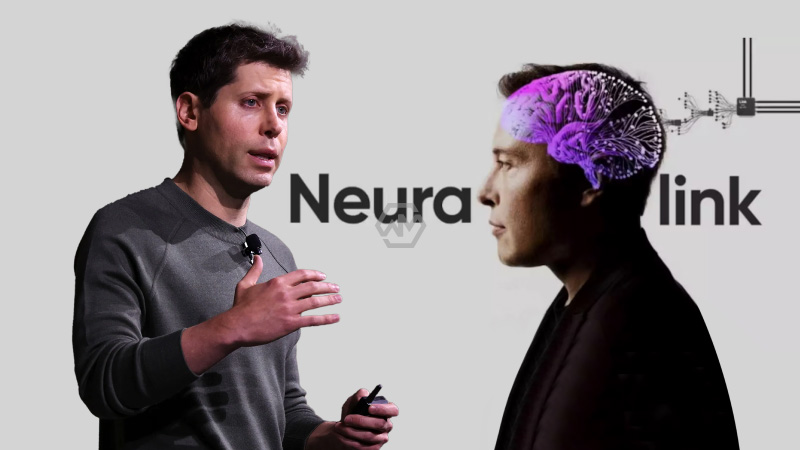- Sam Altman co-founds Merge Labs, valued at $850M, to advance brain-computer interface technology.
- The company targets high-bandwidth, less invasive neural integration for wider use.
- Move intensifies the tech rivalry between Altman and Elon Musk’s Neuralink.
Merge Labs, co-founded by Sam Altman and Alex Blania, is positioning itself as a formidable competitor to Elon Musk’s Neuralink. With a valuation of $850 million and plans to raise $250 million—primarily from OpenAI’s venture arm—the company aims to accelerate the development of high-bandwidth brain-computer interface (BCI) systems.
The emergence of Merge Labs comes amid a growing demand for BCI applications beyond the medical field, ranging from education and productivity to entertainment and creativity. By focusing on scalable, user-friendly designs, the startup seeks to make brain-tech a mainstream reality.
Brain-Tech Rivalry Intensifies as Sam Altman’s Merge Labs Takes Aim at Neuralink
Merge Labs enters a competitive field at a time when Neuralink is conducting human trials and pursuing regulatory approvals for its implantable devices. Altman’s venture is designed to sidestep some of the challenges associated with invasive surgery, focusing instead on methods that could appeal to a larger consumer base. This approach could reduce adoption barriers and speed up commercialization.
Alex Blania, co-founder of Merge Labs and CEO of Tools for Humanity, brings expertise in large-scale biometric systems to the project. His experience with secure identity verification could influence the design of BCI platforms that prioritize both performance and privacy, addressing concerns that have slowed public acceptance of such technologies.
The rivalry between Altman and Musk has roots in their earlier collaboration at OpenAI, which eventually fractured over strategic and ethical differences. This competition in the brain-tech sector reflects not just a business clash but also differing visions for the role of AI in human evolution. While Musk has emphasized medical breakthroughs as an entry point, Altman appears intent on fast-tracking consumer applications.
If successful, Merge Labs could contribute to a paradigm shift where AI is no longer accessed through keyboards, screens, or voice commands, but directly via neural signals. This would mark a fundamental transformation in human-computer interaction, opening possibilities for instantaneous communication, immersive virtual experiences, and even new forms of creativity.
Merge Labs’ entry into the BCI market signals a bold step toward mainstream neural technology, potentially reshaping how humans and AI connect in everyday life.
“The future is already here — it’s just not evenly distributed.” — William Gibson



